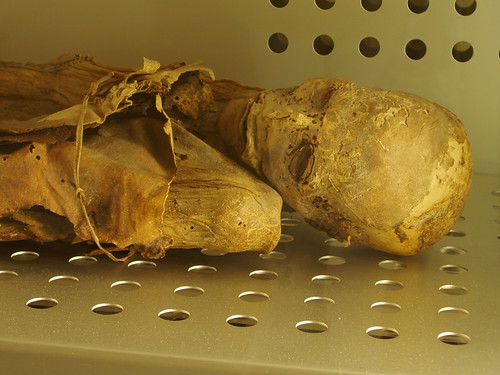The Drago tree (Dracaena draco) is more than just a Tenerife icon. Some of its number are amongst the oldest living members of the plant kingdom and its history has as many facets as the tree has crowns; a tangled tale of idolatry, exploitation and magic.
Twenty million years ago the giant Drago tree was prevalent throughout the Mediterranean before the Ice Age gradually spread its withering fingers across the face of the globe until only the Canary Islands, Madeira and Cape Verde remained warm enough to sustain the Dragos.
Painfully slow growing, mature specimens are still as highly prized and venerated today as they have always been, and rightly so, for this is a tree of legend.
First Blood
The earliest known inhabitants of Tenerife, the Guanches, revered the Drago tree as a source of magic, knowledge, fertility and divination. Believing the tree imparted wisdom, the elders and Menceys (Kings) of the island held court beneath its boughs and performed sacred ceremonies to retain its good will.
Known as Dragon’s blood, the sap of the Drago tree was recognised by the Guanche for its curative properties and was used by them to heal sores and ulcers and in the process of mummifying their dead, helping to slow down oxidation of the body. If the tree had a good blossom one year, the Guanche believed it prophesied a good harvest and so they tended the tree with care, ensuring long life and full fruiting. Under their auspices, the tree was able to reach ever greater ages, one specimen in the La Orotava Valley reputedly attaining a height of 25 metres with a girth of 15 metres.
A Thousand Ways to Slay a Dragon
The popularity of Dragon’s blood reached its zenith during the 18th century. Among the most notable of its applications, was its alleged use as a component part of the varnish used by Italian violin makers, including the renowned Stradivari. Many people claim the varnish was a contributory factor, not only to the beauty and strength of the wood, but also to the resonance of the finished instrument.
The translucent quality of the dye also ensured its presence in the workshops of Florentine masons who, by rubbing dry, pure Dragon’s blood onto heated marble produced a fine red tint that penetrated deep into the stone.
In cosmetic terms, Venetian noble women used it to dye their hair golden; a lengthy process involving the application of a mixture of oriental crocus, Dragon’s blood and henna which was left for three days before being washed off; a good reason to be grateful for the advancements made by L’Oreal et al.
Other uses chronicled include putting Dragon’s blood under the pillow to cure impotency and burning the sap by an open window for seven nights to bring back a straying lover (with hindsight it was probably better not to do the former in order to negate the need for the latter).
When the superstition and bad hairdressing are stripped away, what you’re left with is the magnificent Dracaena draco, the sap and bark of which do indeed have both antiseptic and anti-oxidising properties. The Drago tree defies accurate ageing by refusing to form annual circles, choosing instead to throw out new branched crowns every ten years or so which then intermingle with the existing crowns and cause havoc on the arboriculturalist’s abacus, thus preserving the aura of mystery and magic that still surrounds the Drago tree today.
Andrea (Andy) Montgomery is a freelance travel writer and co-owner of Buzz Trips and The Real Tenerife series of travel websites. Published in The Telegraph, The Independent, Wexas Traveller, Thomas Cook Travel Magazine, EasyJet Traveller Magazine, you can read her latest content on Google+






Andrea,
I just wanted to say I really enjoyed reading three articles from your blog just now, especially the one on the Fallen Angel sculpture in Santa Cruz. I was doing a bit of research for a friend who plans to visit Tenerife. So, thank you!
Regards, John
Thank you, John, it’s hugely gratifying to know that our articles are being read and enjoyed. We really appreciate you taking the time to give us that lovely feedback. Andy 🙂